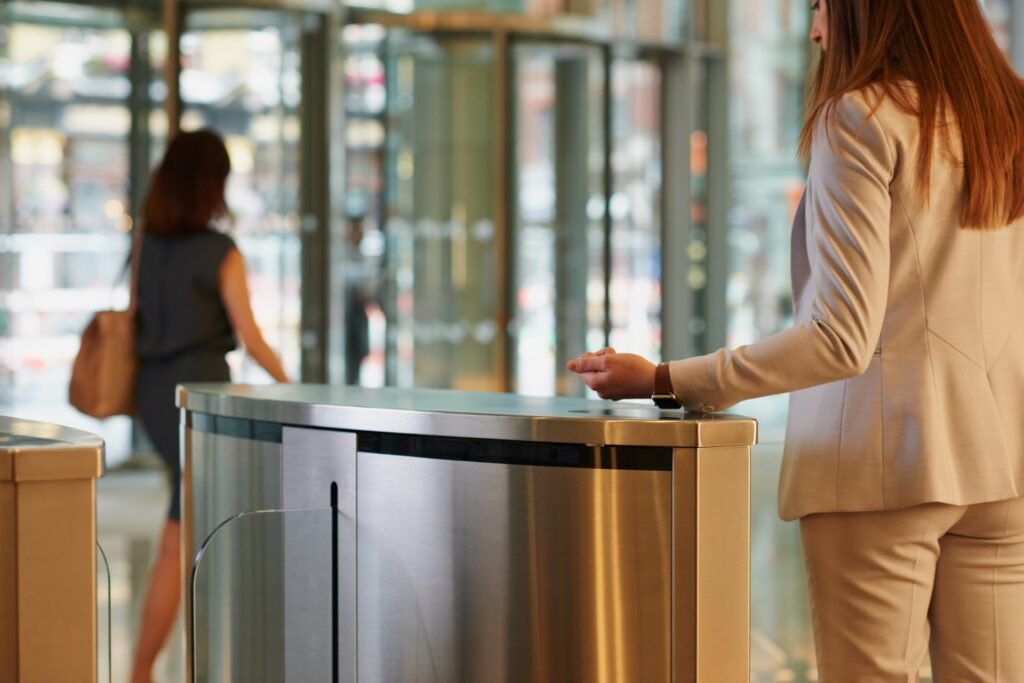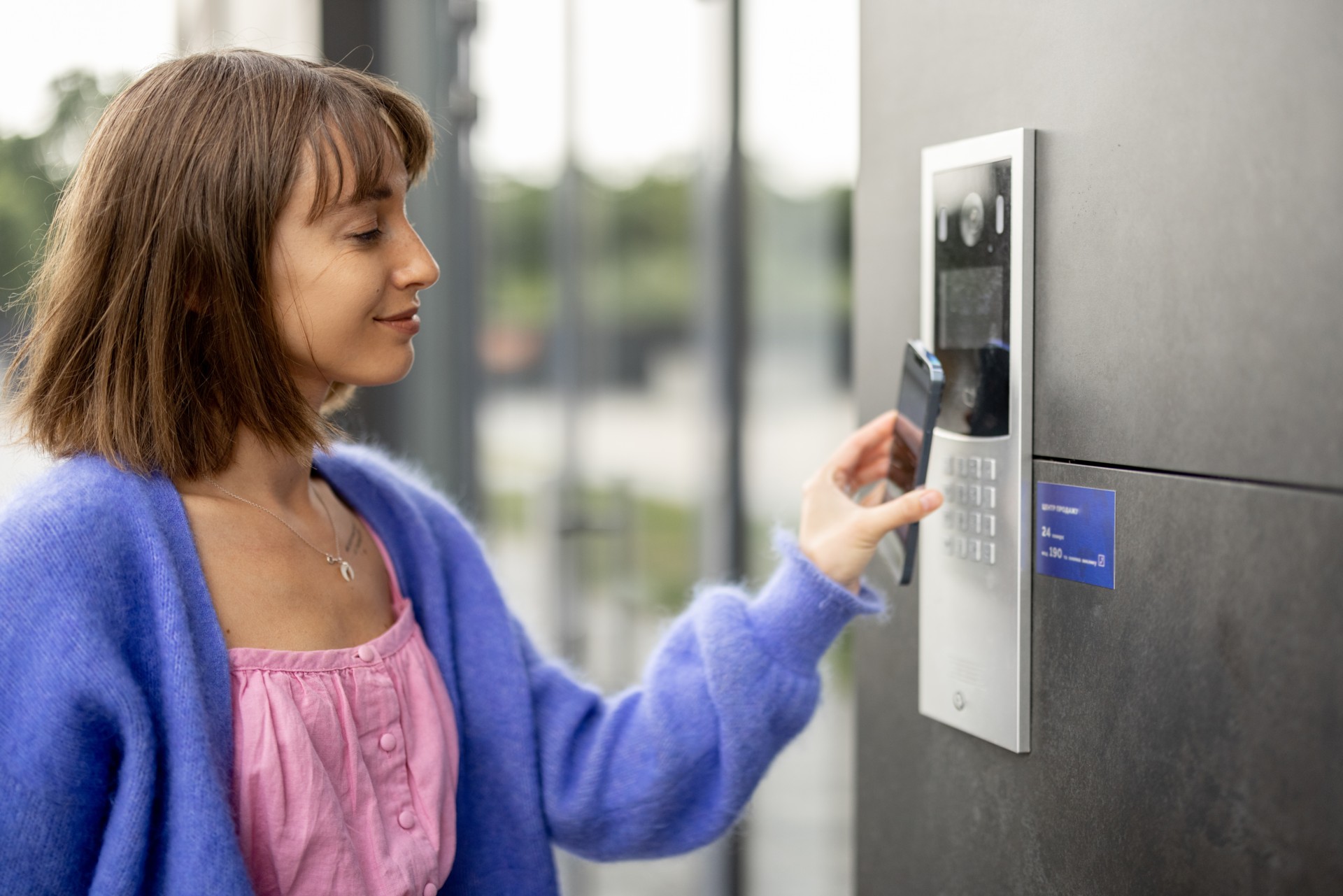Access control systems play a pivotal role in safeguarding assets, information, and personnel within various environments, ranging from residential buildings to corporate offices and government facilities. These systems provide a robust layer of security by regulating entry to authorized individuals and monitoring access activities. In this article, we’ll explore types of access control systems commonly used today.
Card-Based Access Control Systems:
Card-based systems are among the most popular types of access control systems. They utilize proximity cards, smart cards, or magnetic stripe cards to grant access to authorized individuals. Users present their card to a reader, which then verifies the card’s credentials and grants access accordingly.
Biometric Access Control Systems:
Biometric systems use unique physiological characteristics such as fingerprints, iris patterns, or facial features to verify an individual’s identity. Biometric access control offers high levels of security and eliminates the need for physical credentials, making it ideal for high-security environments.

Keypad-Based Access Control Systems:
Keypad systems require users to input a PIN code or password to gain access. They are cost-effective and easy to implement, providing a basic level of security for entry points such as doors, gates, or cabinets. However, they may be vulnerable to PIN code sharing or unauthorized observation.
Mobile-Based Access Control Systems:
Mobile-based systems leverage smartphones or mobile devices as access credentials. Users download a mobile app that communicates with access control readers via Bluetooth or Near Field Communication (NFC) technology. Mobile access control offers convenience and flexibility while maintaining security.
Proximity Access Control Systems:
Proximity systems use radio frequency identification (RFID) technology to grant access to authorized individuals. Users carry a proximity card or key fob, which communicates wirelessly with a reader when brought into close proximity. Proximity systems are widely used due to their ease of use and reliability.
Smart Locks:
Smart locks integrate access control capabilities directly into door locks, allowing users to manage access remotely via a smartphone app or web portal. Smart locks can be programmed to grant temporary access to guests or service providers and offer advanced features such as audit trails and remote locking/unlocking.
Turnstile Access Control Systems:
Turnstile systems are commonly used in high-traffic areas to control pedestrian access. They consist of rotating barriers that permit entry to individuals with valid credentials while preventing unauthorized access. Turnstile systems can be integrated with various access control technologies for enhanced security.
Intercom Systems:
Intercom systems provide audio or video communication between individuals at a building entrance and occupants inside. Visitors must request entry, and occupants can verify their identity before granting access remotely. Intercom systems are often combined with card readers or keypad entry for added security.
Vehicle Access Control Systems:
Vehicle access control systems regulate entry to parking lots, garages, or restricted areas for vehicles. They may include barriers, gates, or bollards controlled by access control devices such as RFID readers or license plate recognition systems. Vehicle access control systems enhance security and traffic management.
Cloud-Based Access Control Systems:
Cloud-based systems store access control data and configurations in the cloud, allowing for remote management and monitoring via a web-based interface. Users can conveniently manage access permissions, view activity logs, and receive real-time alerts from any internet-connected device.
Access control systems come in various forms, each offering unique features, capabilities, and levels of security. Whether you require basic door entry control or advanced biometric authentication, there’s a solution to suit your specific needs. By understanding the different types of access control systems available, you can make informed decisions to enhance security and protect your premises effectively.



